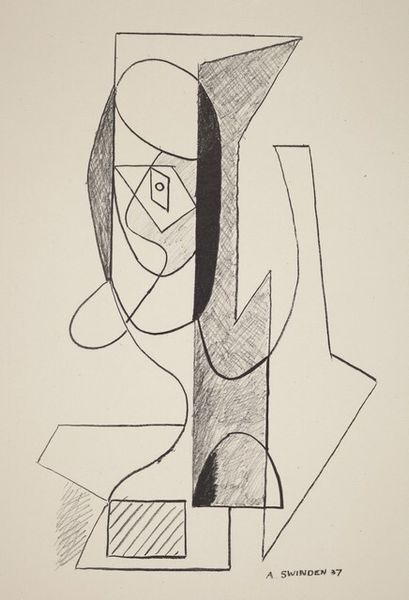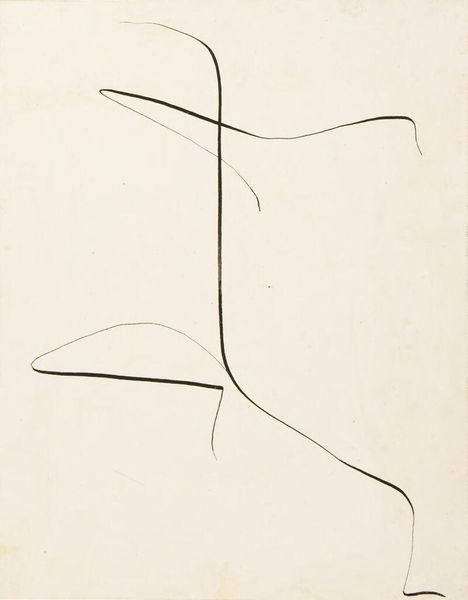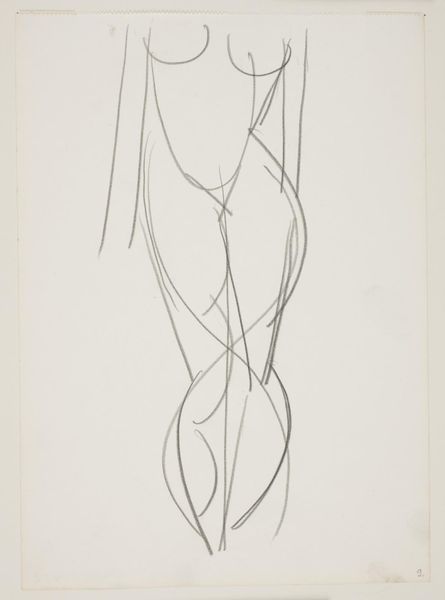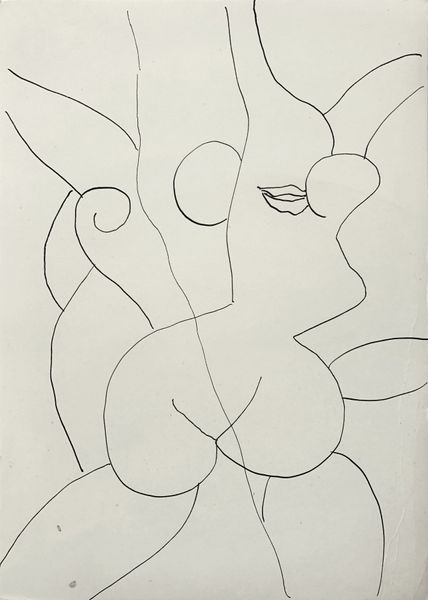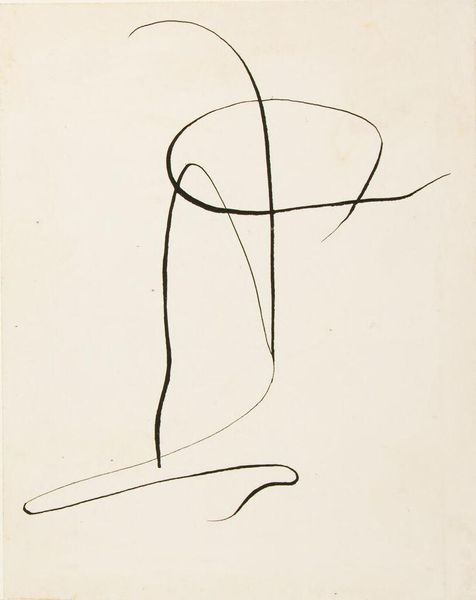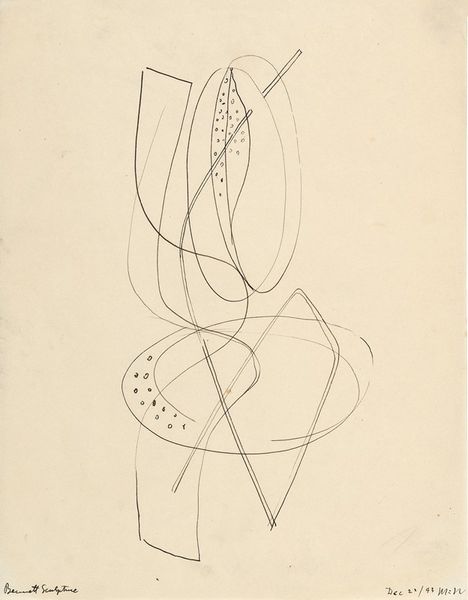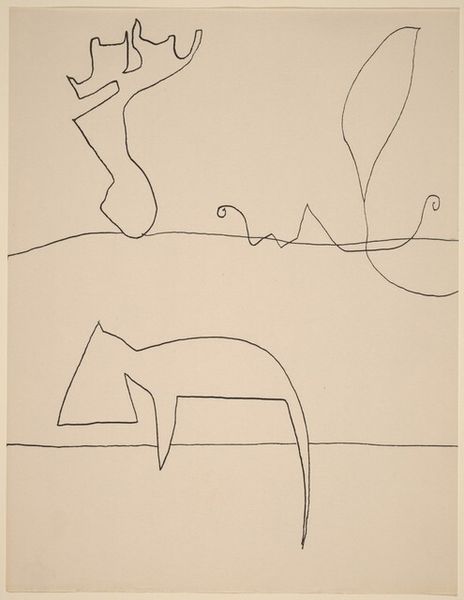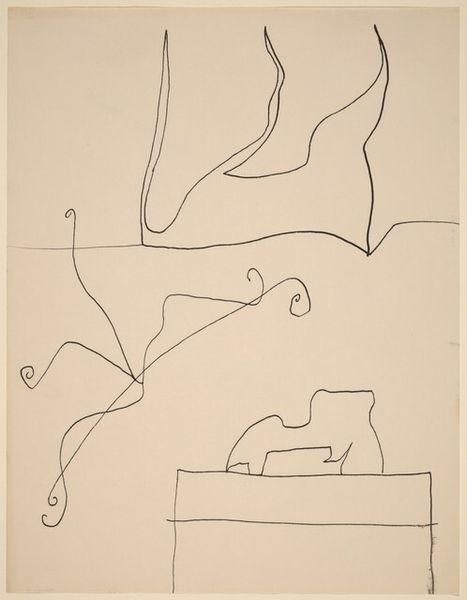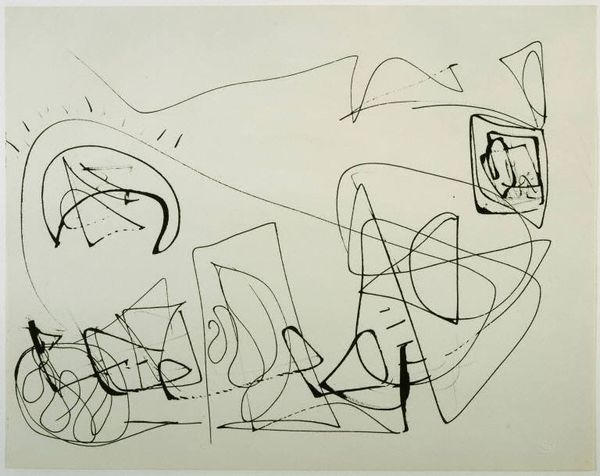
Copyright: Public Domain: Artvee
Curator: Kirchner's "A Dancer," a pencil drawing from 1933, initially strikes me as ethereally light and whimsical, almost like a figure sketched mid-flight. Editor: And yet, considering Kirchner’s biography, I find it difficult to detach this from its historical context. By 1933, the Nazi regime was ascendant in Germany, and Kirchner's work, deemed "degenerate," would soon be systematically removed from public view. Does knowing that inflect how we read the seeming levity? Curator: That's a potent consideration. Looking at the piece again, I see what you mean. The swirling lines that could be interpreted as carefree movement might instead signify the dancer's confinement, a sense of being trapped within the artistic and political constraints of the time. There's an undeniable melancholy present. The thin lines create an uneasy delicacy. Editor: The sparseness is quite telling, isn't it? It’s an interesting commentary on visibility and erasure, with the very lightness hinting at the precarious position of artists, especially those deemed outside the accepted norms. How do we read the expression of the face, too, in the semi-abstraction? Curator: It seems to evade a clear emotional signifier, doesn't it? One could argue the abstraction protects her identity. Dance has long carried symbolic significance. What’s fascinating here is the way Kirchner reduces the body to a series of expressive strokes, yet captures a very human essence. Editor: Absolutely. While abstract, the dancer undeniably conveys an act of resistance, even subversion. Art becomes a clandestine act in the face of repression, using subtle cues. Kirchner does hint towards cultural continuity through dance. Curator: I agree. This dancer isn’t simply a representation; she's a symbolic figure of cultural memory holding within her the very real precarity that shaped Kirchner’s final decades. Editor: Examining it together has been a needed reminder to look beyond the immediate visual appeal of artwork and situate the image in time to examine the personal and social contexts within which it was created.
Comments
No comments
Be the first to comment and join the conversation on the ultimate creative platform.
